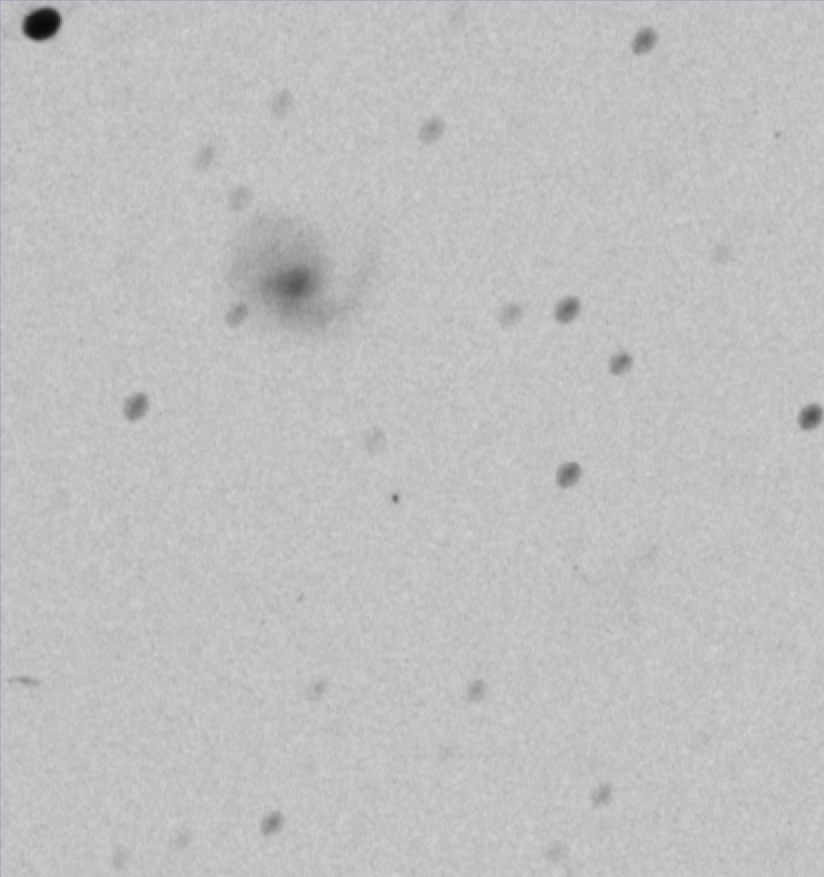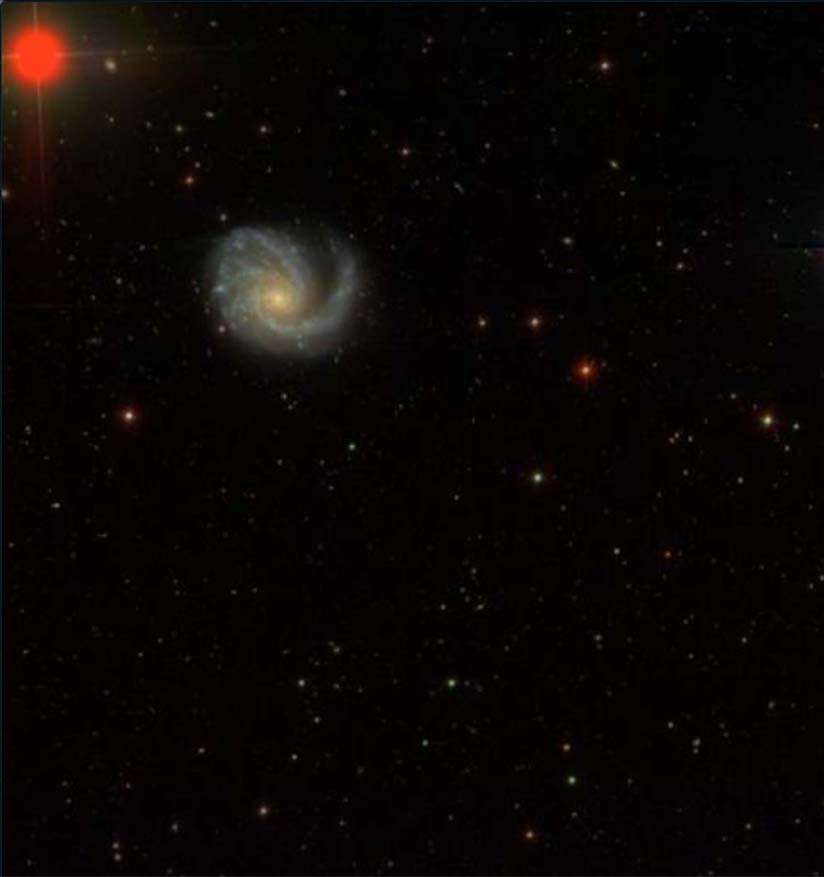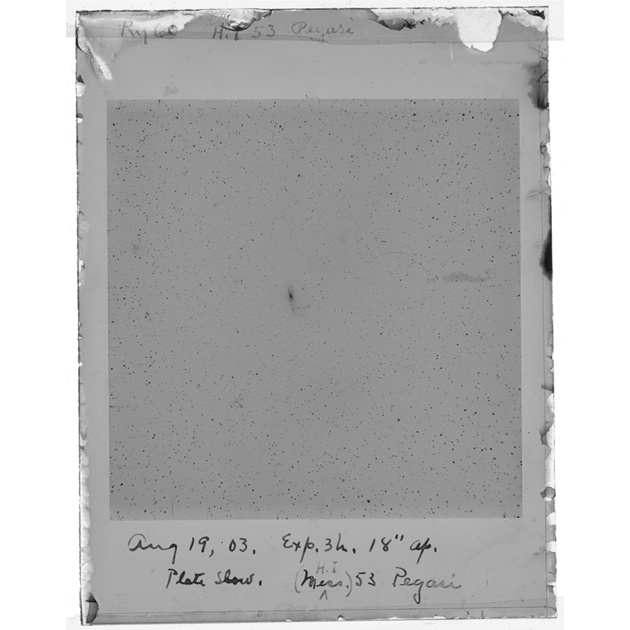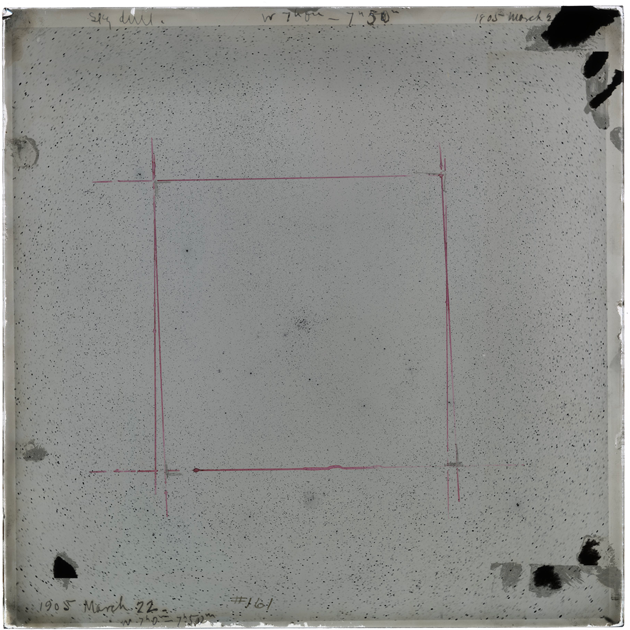Astronomy
New astronomical observations happen every minute of every day – terrestrial and space telescopes capture millions of pixels of data for scientists to use in research. This information grows our understanding of the universe exponentially.
But what about time domain astronomy, research focused on how astronomical objects and events vary over time? How can we “see” the sky as it was decades ago? Astronomical glass plates such as those in the Yerkes collection are treasure troves of historic observations and irreplaceable data, but they are also primarily analog, meaning they need to be digitized for contemporary scientific use.
The comparison of 100+ year-old and contemporary data isn’t apples to apples. It’s necessary to adjust and extrapolate during analysis. With support from a 12-month National Science Foundation Early-Concept Grant for Exploratory Research (AST-2101781), the UChicago team is researching, analyzing, and developing methods and procedures for using financially accessible equipment to digitize the glass plates in the Yerkes collection. Making the digitization process lower cost and accessible to all types of repositories helps to protect and preserve unique and irreplaceable observational archives and these data will be a valuable contribution to time domain astronomy, adding a wealth of primary source information to the history of astronomy.
What we're studying
Our team continues to explore digitization techniques. To date, we have focused on sky survey plates, and have done deep dives on two plates with different characteristics. The first, Ry60, was taken by George Ritchey in 1903 at Yerkes Observatory in Williams Bay, WI. This plate is 3.25 x 4.25" with the image outside of the galactic plane, allowing for the measurement of stars and extragalactic objects as well as providing a less-crowded field for analysis (although there are still 7,000 identified stars on the plate!) The second, 10B-161, was taken by E.E. Barnard in 1905 at Mount Wilson Observatory in Pasedena, CA in 1905. This plate is 12 x 12" and is included as Plate 8 in Barnard's publication, A Photographic Atlas of Selected Regions of the Milky Way (1927). As a photograph of the Milky Way, there are many more stars in the image (more than 100,000!) and is a good case study for testing our methods on more crowded fields.
The team has created astronomical data packages for each of these plates as well as published the methods and processes used for digitization and transformation necessary for contemporary astronomical research:
Astronomical data package for 10B-161
Astronomical data package for Ry60
Isaiah Escapa, Rowen Glusman, and Rachel Kovach-Fuentes, presenters. A Comparative Analysis of Glass Plate Digitization Methods: Methods Motivated by Stellar Variability. Midstates Consortium for Math and Science 2022 Undergraduate Research Symposium in the Physical Sciences, Math, and Computer Science, Nov. 2022
Glusman, et al, Digitization, Measurement, and Analysis of a 1905 Barnard Atlas Photographic Plate, Publications of the Astronomical Society of the Pacific, Volume 134, Number 1039
Isaiah Escapa and Audrey Scott, presenters. Photometric Analysis of a 1905 Photographic Plate. Midstates Consortium for Math and Science 2021 Undergraduate Research Symposium in the Physical Sciences, Math, and Computer Science, Nov. 2021
Cerny, et al, Precise Photometric Measurements from a 1903 Photographic Plate Using a Commercial Scanner, Publications of the Astronomical Society of the Pacific, Volume 133, Number 1022
E. Medina , W. Cerny, Y. Liang, J. Lin, M. Martinez, B. Ogonor, J. Sanchez, Digitizing Hubble's Thesis Plates. AAS 235 Meeting Abstracts
B. Ogonor, W. Cerny, A. Chapman, R. Glusman, Y. Liang, J. Lin, M. Martinez, E. Medina, A. Muratore, and J. Sanchez, Photometry and Analysis of a Sample of Quasars on Archival Yerkes Observatory Photographic Plates. AAS236 Abstracts. Vol 52 Issue 3
For more information about the project, please contact us at yerkesplates@lib.uchicago.edu.
Support for this project comes from the National Science Foundation (Grant AST-2101781), University of Chicago College Innovation Fund, John Crerar Foundation, Kathleen and Howard Zar Science Library Fund, Institute on the Formation of Knowledge, and Yerkes Future Foundation.



